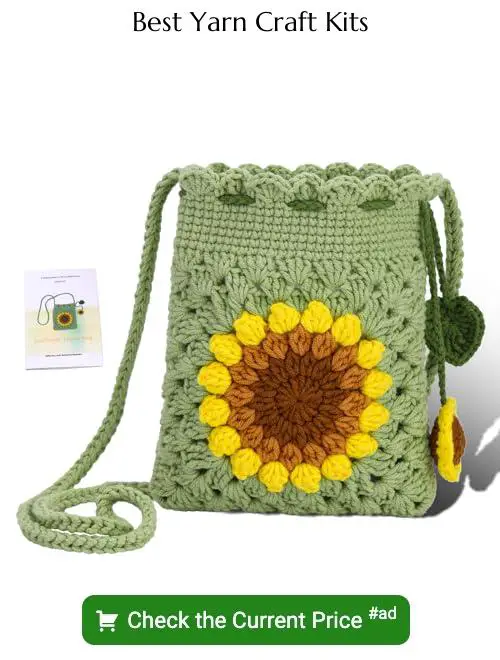Explore the vibrant world of yarn crafts as we delve into various types, techniques, and projects that will surely ignite your creativity and passion for crafting.
Are you a yarn enthusiast looking for new and exciting ways to express your creativity? Look no further! In this blog post, we will explore the world of yarn crafts and discover the many different types of projects you can create with this versatile material. From crocheting to knitting, weaving to embroidery, there are endless possibilities when it comes to working with yarn.
So grab your favorite skein and let’s dive in!
Knitting
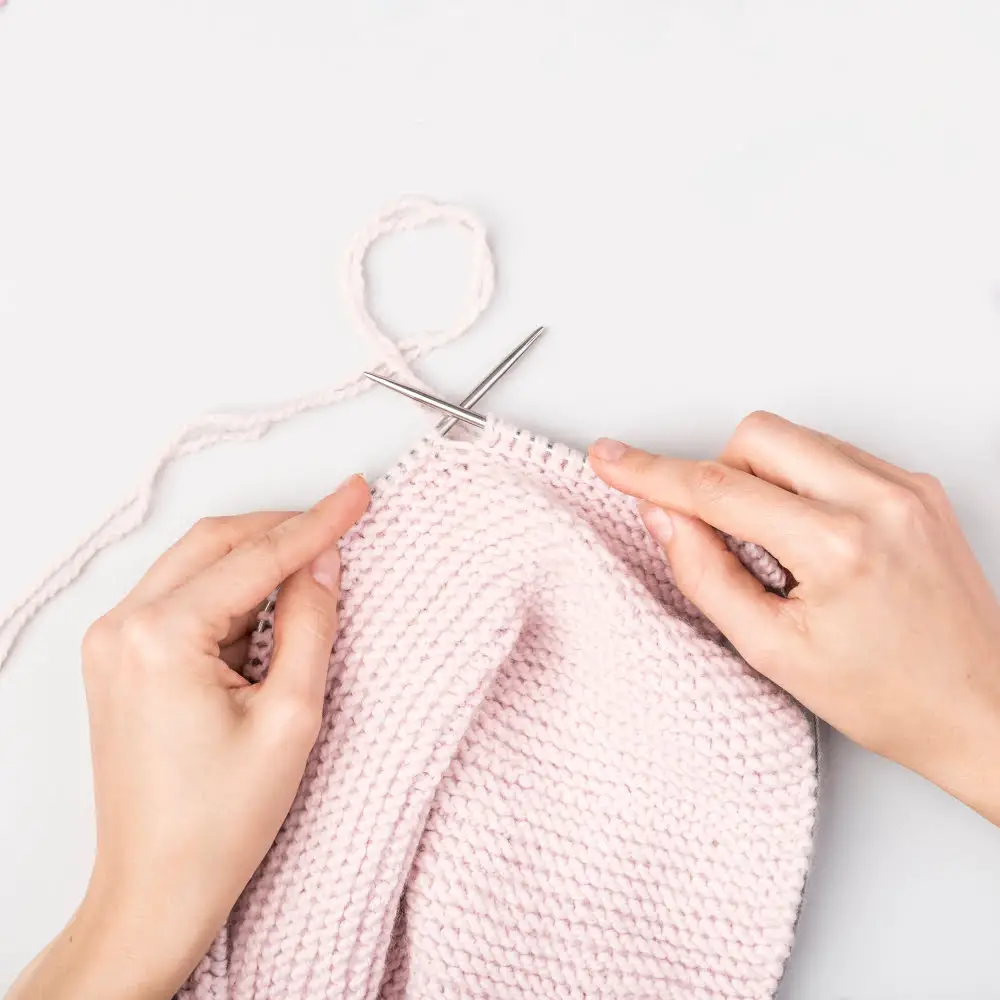
Knitting is one of the most popular yarn crafts, and for good reason. It’s a versatile technique that can be used to create everything from cozy blankets to stylish sweaters.
Knitting involves using two or more needles to loop yarn together in a specific pattern, creating a fabric that can be as simple or complex as you like.
One of the great things about knitting is its portability – all you need are some needles and yarn, making it an ideal craft for on-the-go projects. Plus, there are endless patterns available online and in books so you’ll never run out of inspiration.
If you’re new to knitting, don’t worry! There are plenty of beginner-friendly patterns available that will help build your skills while still producing beautiful results. And if you’re already an experienced knitter? The possibilities for challenging yourself with intricate stitch patterns and designs are endless.
Crocheting
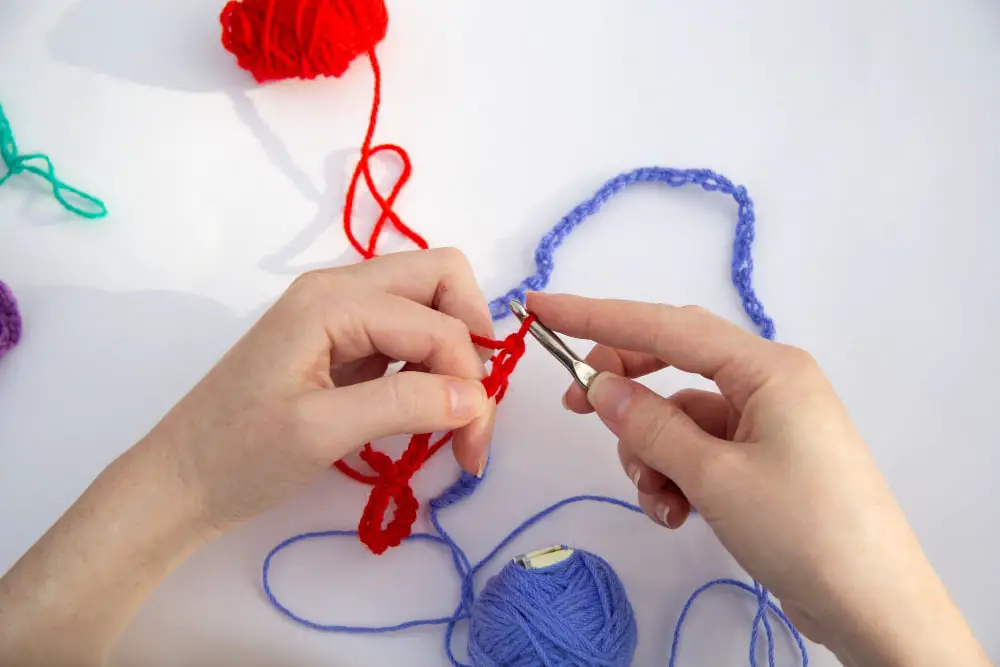
It’s an incredibly versatile technique that can be used to create everything from cozy blankets and scarves to intricate lace doilies and delicate jewelry.
One of the great things about crocheting is its accessibility – it’s easy to learn, requires minimal equipment, and can be done almost anywhere. All you need is some yarn, a crochet hook, and your imagination!
There are countless patterns available for crocheters of all skill levels – whether you’re just starting out or have been crocheting for years. From simple granny squares to complex amigurumi creatures, there’s always something new to try.
Weaving
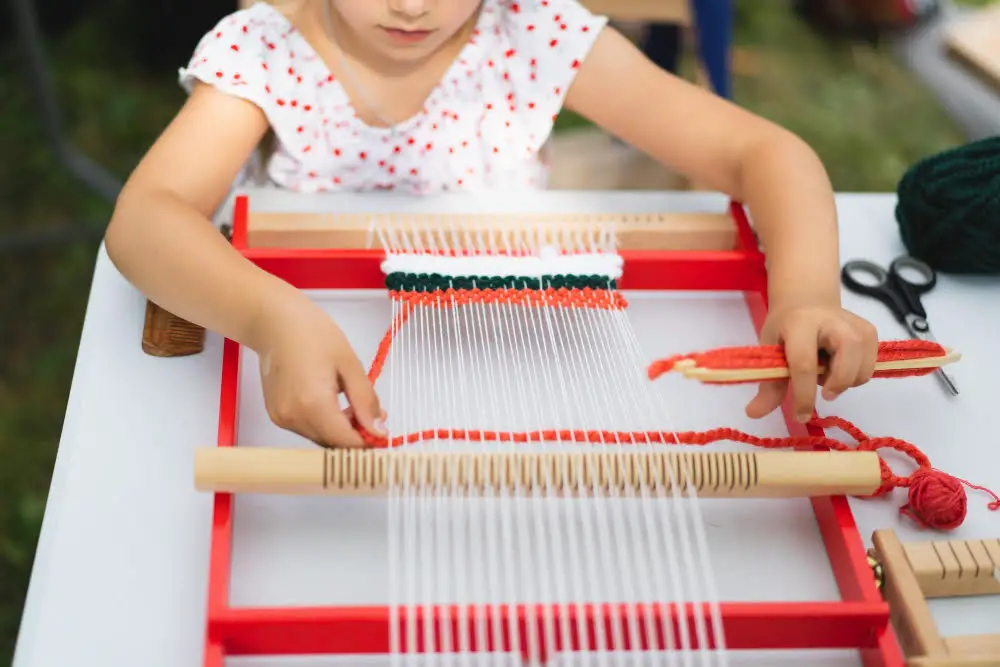
It’s an ancient art form that has been practiced for thousands of years, and it continues to be popular today. Weaving can be done on a variety of looms, from small handheld devices to large floor models.
One of the great things about weaving is its versatility. You can use any type of yarn or thread you like, and there are endless patterns and designs you can create with different colors and textures.
If you’re new to weaving, start with a simple project like a scarf or table runner using basic plain weave (over-under) pattern. Once you get comfortable with the technique, try experimenting with more complex patterns such as twill weave (diagonal lines), herringbone (zigzag), basketweave (checkerboard), among others.
Weaving also offers many opportunities for creativity beyond traditional fabrics – think wall hangings made from chunky wool roving in earth tones; woven baskets made from natural fibers; even jewelry pieces crafted by combining beads into woven structures!.
Macrame
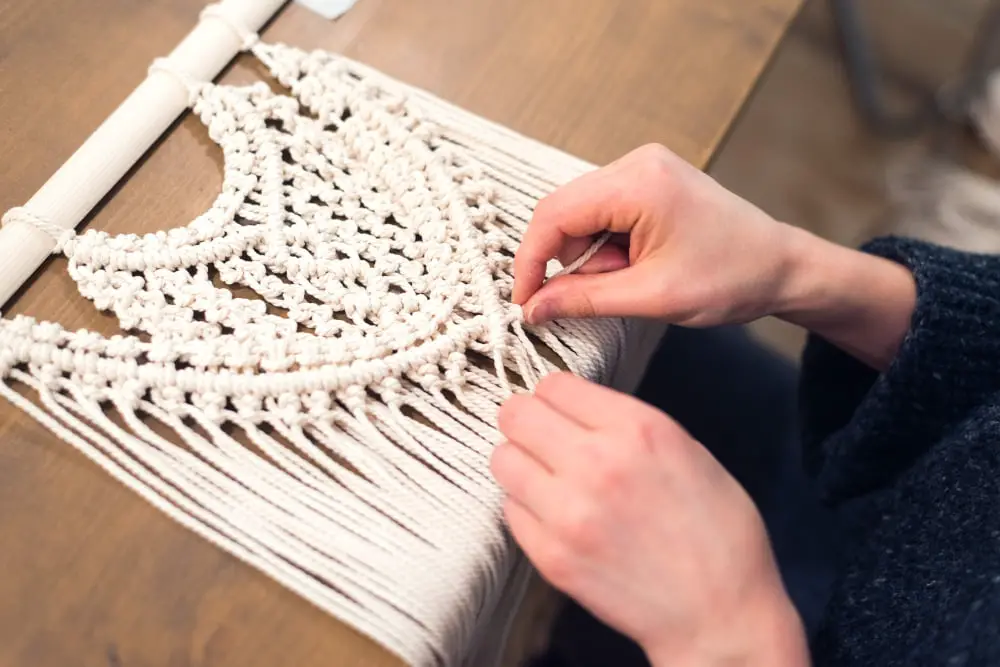
This technique has been around for centuries and was popularized in the 1970s as a way to decorate homes with handmade wall hangings, plant hangers, and other decorative items.
To get started with macrame, all you need is some cord or string and your hands! There are many different types of knots you can use to create various patterns such as square knots, half-hitch knots, spiral knots, lark’s head knot among others. You can also incorporate beads or other materials into your design for added texture.
One popular project for beginners is creating a simple plant hanger using macrame techniques. With just a few basic supplies like cotton rope or twine along with some wooden beads (optional), you can make an attractive hanging planter that will add charm to any room in your home.
Felting
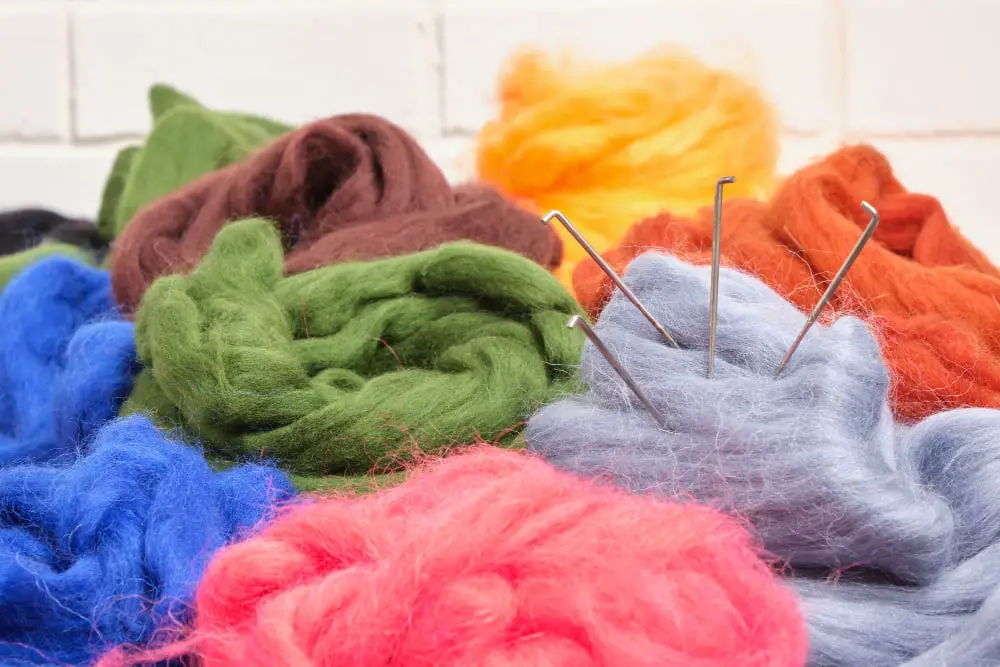
This technique can be used to make everything from clothing and accessories to home decor items like coasters, trivets, and even rugs.
One of the most popular types of felting is called wet felting. To do this, you’ll need wool roving or batting (which are unspun fibers), hot water, soap or detergent (such as dish soap), and some kind of agitation tool like your hands or a washboard.
To start wet felting with wool roving:.
- Lay out your wool in thin layers on top of each other.
- Wet the wool with hot soapy water.
- Gently press down on the layers until they begin to stick together.
- Roll up the bundle tightly in bubble wrap or plastic sheeting.
- Agitate it by rolling it back-and-forth for several minutes until it starts shrinking into felted fabric.
Once you’ve created your felted piece using either wet-felting techniques such as needle-felting can be used for adding details onto already made pieces such as hats scarfs etc., which involves using special needles that have barbs along their length which tangle up loose fibres when poked through them repeatedly creating intricate designs without having any sewing involved!.
Spinning

This technique has been used for centuries to produce high-quality, durable threads for clothing and other textiles. Spinning can be done using various tools such as drop spindles or spinning wheels, which help control the tension and speed of the process.
One of the most exciting aspects of spinning is being able to choose your own fiber blends and colors. You can experiment with different types of wool, silk, alpaca or even synthetic fibers like nylon or acrylics! The possibilities are endless when it comes to creating unique textures and color combinations.
Once you have spun your yarn, you can use it in many different projects such as knitting hats or scarves; weaving rugs; crocheting blankets; making jewelry pieces like necklaces & bracelets – just about anything that requires thread!.
Tatting
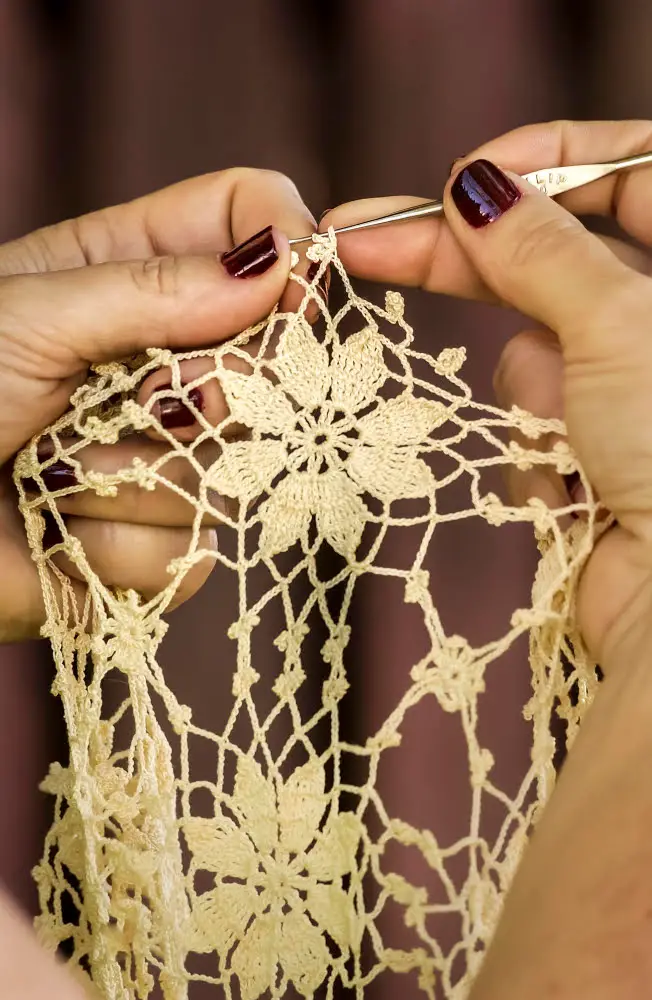
This technique has been around for centuries and was originally used to decorate clothing, linens, and other household items. Today, tatting is still popular among crafters who enjoy the challenge of creating intricate lace patterns.
To get started with tatting, you will need a shuttle or needle along with some fine thread or yarn. The basic stitch in tatting is called the double stitch which involves looping the thread over your fingers before pulling it through a loop on your shuttle/needle.
Once you have mastered this basic stitch, there are countless patterns available online that range from simple edgings to more complex doilies and table runners. Tatting can be time-consuming but incredibly rewarding as each piece created becomes an heirloom-quality work of art.
Rug Hooking
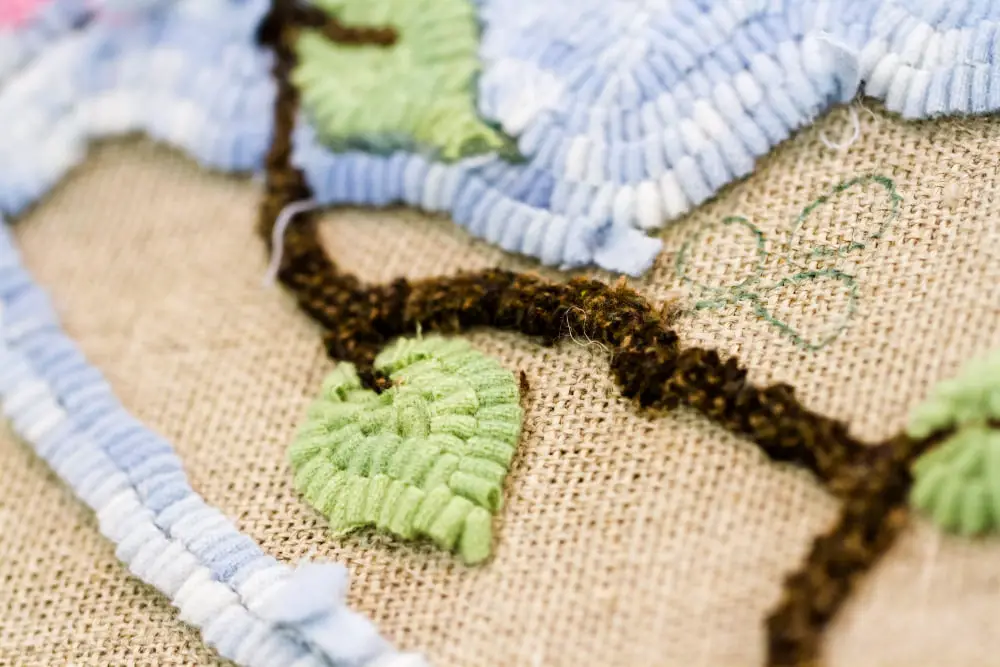
It involves using a hook to pull loops of yarn or fabric through a woven base material, creating intricate designs and patterns. This technique can be used to make rugs, wall hangings, pillows, and other home decor items.
One of the great things about rug hooking is its versatility – you can use any type of yarn or fabric strips to create your design. From wool roving to recycled t-shirts, the possibilities are endless! Plus, rug hooking is an excellent way to upcycle old materials into something new and beautiful.
If you’re interested in trying out this craft for yourself but don’t know where to start, there are plenty of resources available online and in local crafting stores. You’ll need some basic supplies like a rug hook (also known as a latch-hook), backing material such as burlap or linen canvas with grid lines drawn on it so that you have guidance when making your pattern; scissors; yarn/fabric strips cut into 2-3 inch lengths depending on how thick they are (you want them long enough so they won’t slip out easily).
Loom Knitting

Looms come in various shapes and sizes, from round to rectangular, with different numbers of pegs or pins. They are perfect for beginners who want to learn how to knit without using traditional needles.
With loom knitting, you can make hats, scarves, blankets and even socks! The possibilities are endless. All you need is some yarn and a loom kit that includes the necessary tools such as hooks or needles.
One of the advantages of using a loom is that it allows for faster progress than traditional needle knitting because each stitch is larger on the pegs than when made with needles. This makes it an ideal option if time is limited but still want something handmade.
Another advantage of this technique over needle-knitting is its ease-of-use; anyone can pick up this craft regardless of their age or skill level since there’s no complicated pattern reading involved – just follow simple instructions!.
Needle Felting
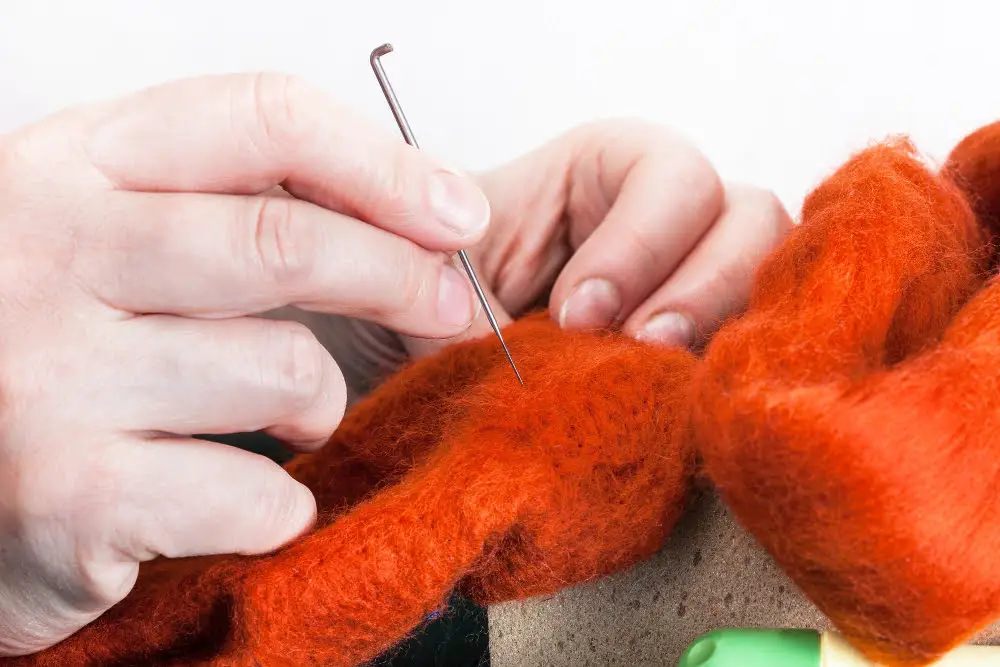
It involves using a special needle to interlock wool fibers, creating three-dimensional shapes and designs. This technique can be used to make anything from cute little animals to intricate landscapes.
To get started with needle felting, you’ll need some basic supplies such as wool roving, a foam pad or mat for working on, and of course the needles themselves. There are different types of needles available depending on your project needs.
One great thing about needle felting is that it’s easy enough for beginners but also offers endless possibilities for more advanced crafters looking for new challenges. You can create simple shapes like balls or hearts by rolling the wool in your hands before starting the process of poking it with the needle until it takes shape.
For those who want something more complex than just basic shapes there are many tutorials online that show how to create detailed sculptures step-by-step using this technique! Needle felted animals have become particularly popular in recent years due their adorable appearance which makes them perfect gifts or decorations around your home!.
Embroidery
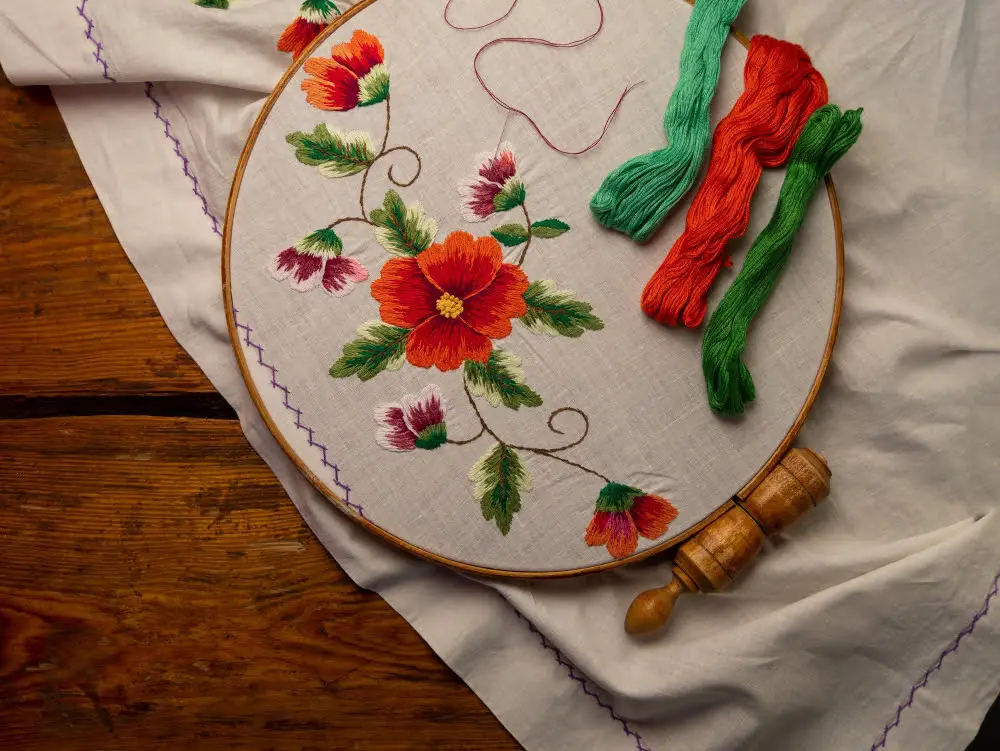
It has been around for centuries, with evidence of embroidery dating back to ancient Egypt. Today, it remains a popular hobby among crafters worldwide.
There are many different types of embroidery techniques, including cross-stitching, crewelwork, blackwork embroidery, stumpwork embroidery and more. Each technique requires its own set of skills and materials but all involve using needles to create intricate designs on fabric.
One great thing about embroidery is that it can be done on almost any type of fabric or garment – from clothing to home decor items like pillowcases or tablecloths. And the possibilities for design are endless! You can create anything from simple monograms to elaborate scenes featuring flowers or animals.
If you’re new to this art form don’t worry! There are plenty of resources available online such as tutorials videos which will help you get started in no time at all.
Cross Stitch
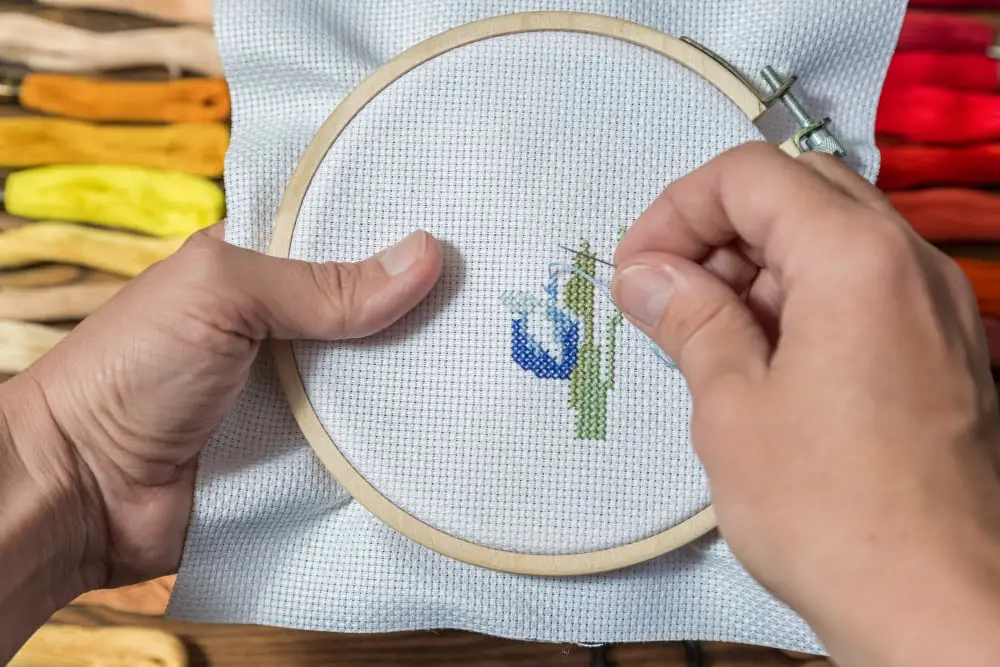
It’s a great way to add some personality and charm to your home decor, clothing, or accessories. Cross-stitching can be done on any type of fabric but is most commonly done on Aida cloth, which has evenly spaced holes for easy counting and placement of stitches.
To get started with cross-stitching, you’ll need embroidery floss in the colors you want to use for your design and an embroidery hoop to keep the fabric taut while you work. You’ll also need a pattern or chart that shows where each stitch should go.
Once you have all your supplies ready, it’s time to start stitching! Begin by threading your needle with one strand of floss (most patterns will specify how many strands are needed) and knotting the end. Then follow the pattern instructions carefully as you create each stitch.
Quilting
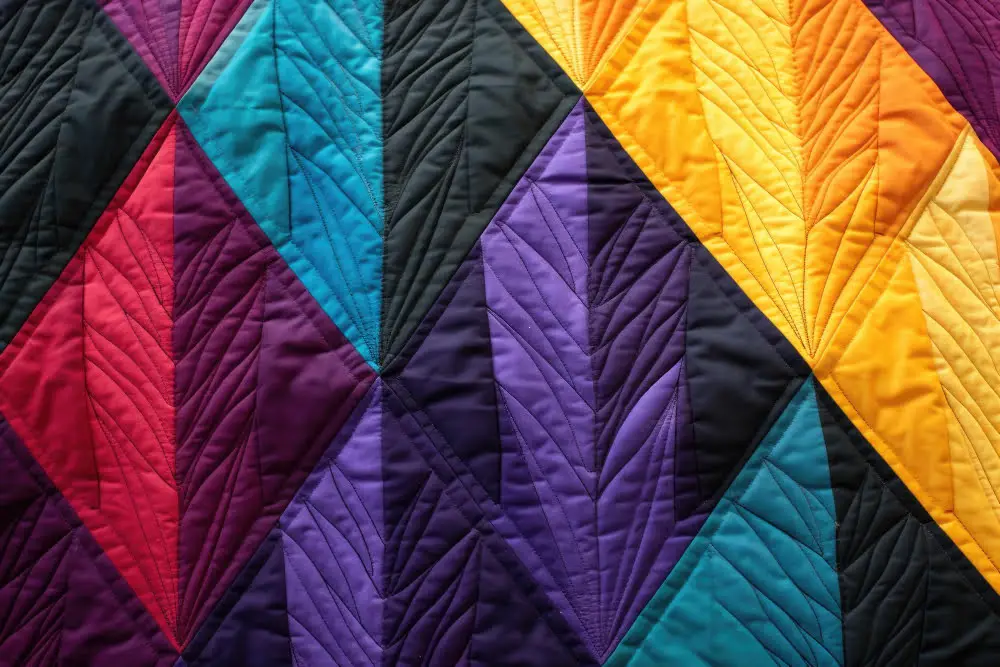
It involves sewing together layers of fabric to create a warm and cozy blanket or quilt. Quilts can be made in various sizes, from small lap quilts to large bedspreads, and can feature intricate designs or simple patterns.
One of the most appealing aspects of quilting is the ability to customize your project with different fabrics, colors, and patterns. You can choose fabrics that reflect your personal style or match the decor in your home.
If you’re new to quilting, there are many resources available online and at local craft stores that offer beginner-friendly tutorials on how to get started. With practice and patience, you’ll soon be creating beautiful handmade quilts that will last for years.
Applique
This method can be used in various yarn crafts, including knitting and crocheting. Applique adds texture and dimension to your projects, making them more visually appealing.
To incorporate applique into your yarn crafts, you will need some basic materials such as scissors, pins, fusible webbing or fabric glue for attaching the appliques onto the base material. You can use different types of fabrics for this technique like cottons or felt.
One popular project using applique is creating personalized baby blankets with cute animal shapes attached on top of it using this method. Another idea could be adding flowers made from colorful fabrics on hats or scarves to give them an extra pop of color.
Yarn Painting
This technique involves using yarn as a paintbrush, dipping it into paint or dye, and then applying it onto paper or canvas. The result is an abstract masterpiece that showcases the texture and color of the yarn.
To create a Yarn Painting, you will need some basic supplies such as acrylic paints or fabric dyes, brushes for applying the colors to your canvas/paper surface (or even directly on top of pre-existing artwork), scissors for cutting lengths of thread/yarns if needed before painting begins; plus any other materials like stencils that might help guide design choices.
The beauty of this technique lies in its versatility – you can experiment with different types of yarns (thick vs thin) to achieve varying textures on your painted surface. You can also mix colors together by blending them with water before dipping into the paint/dye mixture so that they blend seamlessly when applied onto paper/canvas surfaces.
Yarn Sculpture
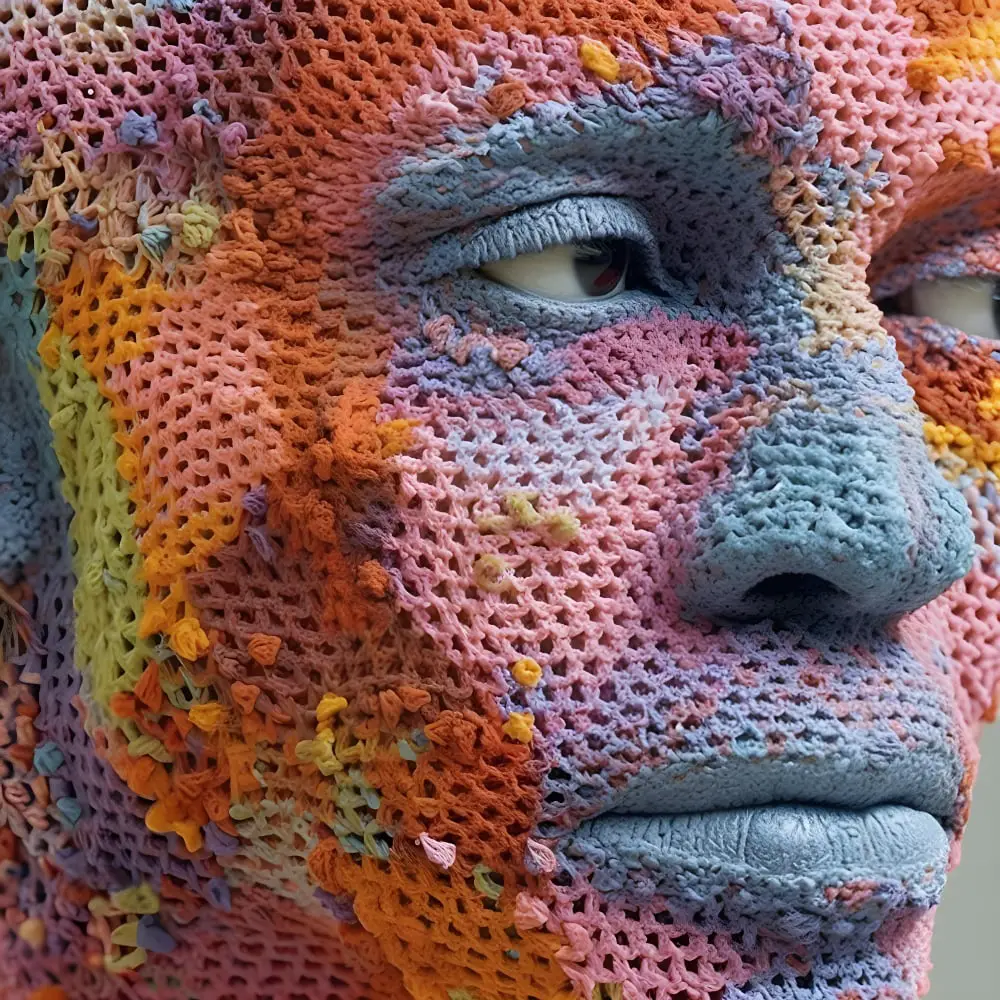
This technique involves wrapping, twisting, and shaping yarn into various forms to create sculptures that can be displayed in your home or office.
One of the most popular types of Yarn Sculpture is Amigurumi, which originated in Japan. It involves crocheting small stuffed animals or characters using colorful yarns.
These adorable creations are perfect for gifting or displaying on shelves.
Another type of Yarn Sculpture is called “yarn bombing,” where artists cover public spaces with knitted or crocheted pieces such as trees, benches, statues and more! This form of street art has gained popularity over recent years due to its whimsical nature and ability to brighten up dull urban landscapes.
Latch Hooking
This technique involves using a latch hook tool to pull short pieces of yarn through a canvas grid. The result is a plush and textured design that can be customized with any color or pattern.
To get started with latch hooking, you will need some basic supplies such as yarn in your desired colors, a latch hook tool, and canvas mesh. You can find pre-made kits at craft stores or online that include everything you need to complete your project.
Once you have your supplies ready, it’s time to start creating! Begin by selecting the colors of yarn you want for your design. Then follow the instructions on the kit or create your own pattern on graph paper before transferring it onto the canvas mesh.
Next comes the fun part – using the latch hook tool! Simply insert one end of each piece of cut yarn into its corresponding hole in the mesh from back-to-front until all holes are filled up within an area marked out by lines drawn over it (usually squares). Once all loops are pulled through their respective holes use scissors carefully trim them down so they’re even lengthwise across rows/columns where necessary while leaving enough slack between knots so they don’t bunch up when finished product gets stretched out later during finishing process!
Yarn Dyeing

With just a few simple tools, you can transform plain white or natural-colored yarn into vibrant hues that will make any project pop. There are many different methods for dyeing yarn, including hand-painting, dip-dyeing, and tie-dye techniques.
One popular method of dyeing yarn is using acid dyes. Acid dyes work best on animal fibers such as wool or silk because they require an acidic environment to bond with the fiber molecules properly.
The process involves soaking the skein of yarn in water mixed with vinegar (or another acid) before adding the dye solution.
Another option for those who prefer more natural materials is plant-based dyes made from fruits, vegetables, flowers or bark extracts which produce beautiful earthy tones that are perfect for eco-friendly projects.
Kumihimo Braiding
This method of braiding has been used for centuries to make everything from clothing accessories to samurai armor. Today, kumihimo braiding is still popular among crafters who enjoy the challenge of creating complex designs using simple materials.
To get started with kumihimo braiding, you will need a few basic supplies such as a kumihimo disk or marudai (a wooden stand), bobbins or spools of thread, and scissors. The process involves wrapping threads around the disk in specific patterns and then interweaving them together using various techniques.
One great thing about kumihimo braiding is that it can be done with all kinds of materials including yarns, ribbons, cords, and even beads! You can experiment with different colors and textures to create unique pieces that reflect your personal style.
Amigurumi
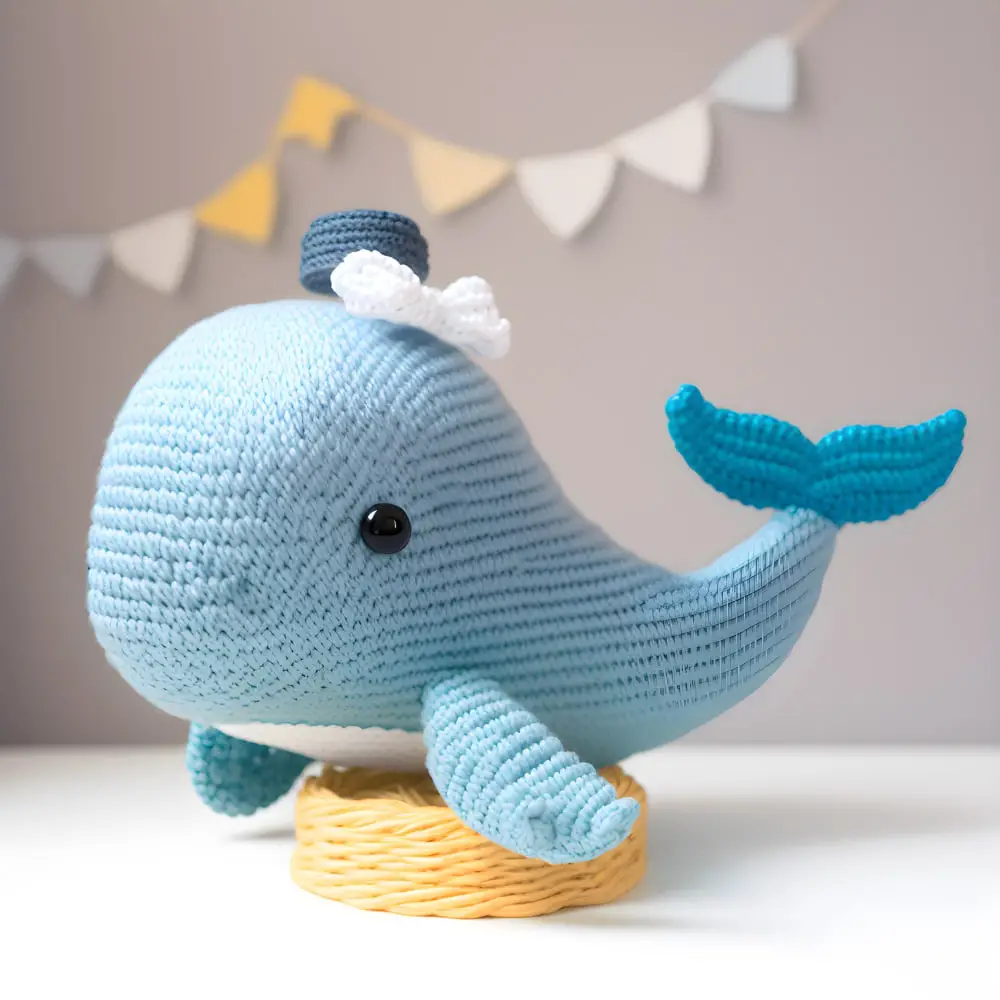
These adorable creatures are often made with bright colors and intricate details, making them perfect for both children and adults alike.
One of the best things about amigurumi is that they can be customized to fit any personality or style. Whether you want to create a cute little bunny rabbit or an edgy monster with sharp teeth, the possibilities are endless.
To get started with amigurumi, all you need is some yarn in your desired color(s), a crochet hook (usually between 2mm-4mm), stuffing material such as polyester fiberfill, and some basic knowledge of crocheting techniques like single crochet (sc) and double crochet (dc).
Once you have these materials on hand, it’s time to let your imagination run wild! You can find countless patterns online for free or purchase them from various designers who specialize in this type of craft. With practice and patience – just like any other skill – anyone can master the art of amigurumi!
Needlepoint
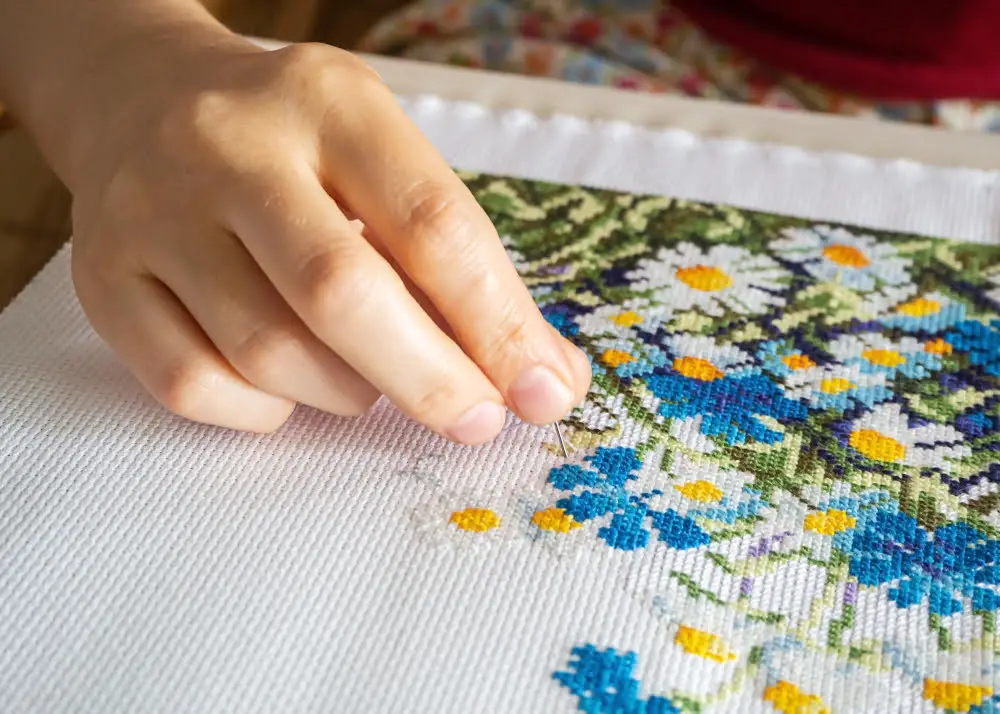
This technique creates intricate and detailed designs, making it perfect for creating wall hangings, pillows, and other decorative items.
One of the great things about needlepoint is its versatility. You can create anything from simple geometric patterns to elaborate landscapes or portraits.
It’s also an excellent way to use up leftover yarn from other projects.
To get started with needlepoint, you’ll need some basic supplies such as a canvas (which comes in different sizes), needles (tapestry needles work best), and yarn or thread in your desired colors. There are many online tutorials available that can guide you through the process step-by-step.
Rya Knotting
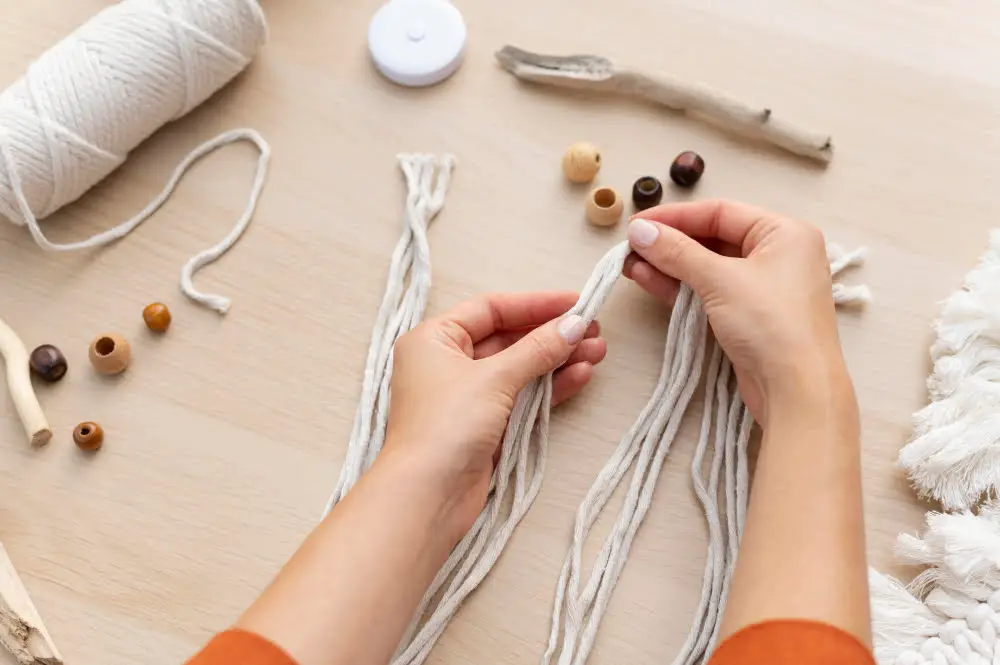
It involves creating long, shaggy piles by tying knots onto a base fabric. The result is a cozy and textured piece that can be used as a rug or wall hanging.
To create your own rya knotting project, you will need some basic supplies such as yarn, scissors, and a latch hook tool. Start by choosing the colors of yarn you want to use for your design and cut them into equal lengths.
Next, decide on the size of your project and prepare the base fabric accordingly. You can use any sturdy material like burlap or canvas for this purpose.
Once you have prepared everything needed to start with Rya Knotting technique then tie each strand onto the base fabric using simple knots until it forms an even pile across its surface area.
FAQ
What are the different categories of yarn?
Answer: The different categories of yarn are (0) lace, (1) super fine, (2) fine, (3) light, (4) medium, (5) bulky, (6) super bulky, and (7) jumbo.
What is the name for yarn art?
The name for yarn art is yarn bombing, which is a type of graffiti or street art that uses colorful displays of knitted or crocheted yarn or fiber instead of paint or chalk.
What is the easiest yarn craft?
The easiest yarn craft is making tassels, as they can be used for various decorative purposes such as wall hangings, bags, blankets, and pillows.
What are the various materials used to make yarn?
Yarn can be made from a variety of materials including natural fibers like cotton, wool, silk, and linen, as well as synthetic fibers like polyester, acrylic, and nylon.
How do different yarn weights affect the outcome of a craft project?
Different yarn weights affect the outcome of a craft project by influencing the thickness, drape, and texture of the final product.
Can you name some popular yarn craft techniques besides knitting and crocheting?
Some popular yarn craft techniques besides knitting and crocheting include weaving, macrame, needlepoint, and latch hooking.
